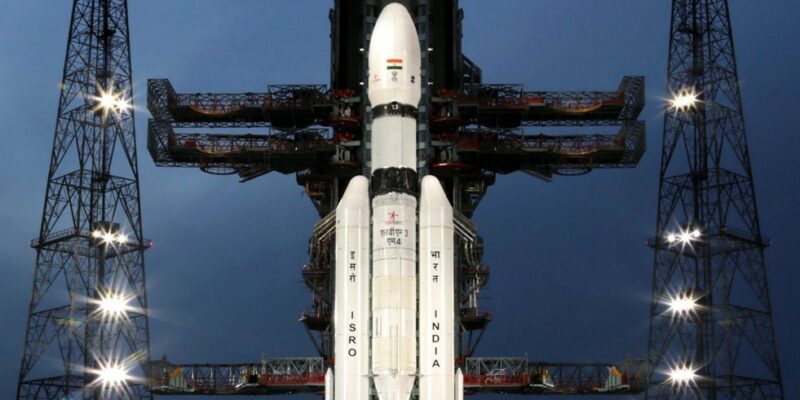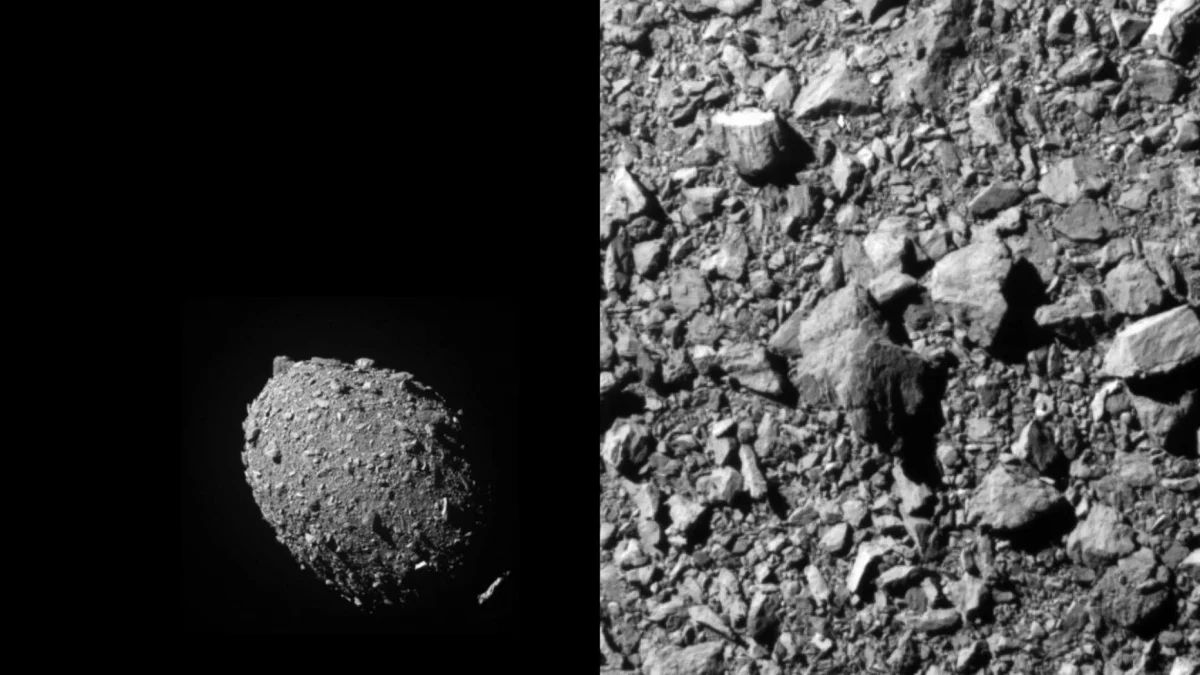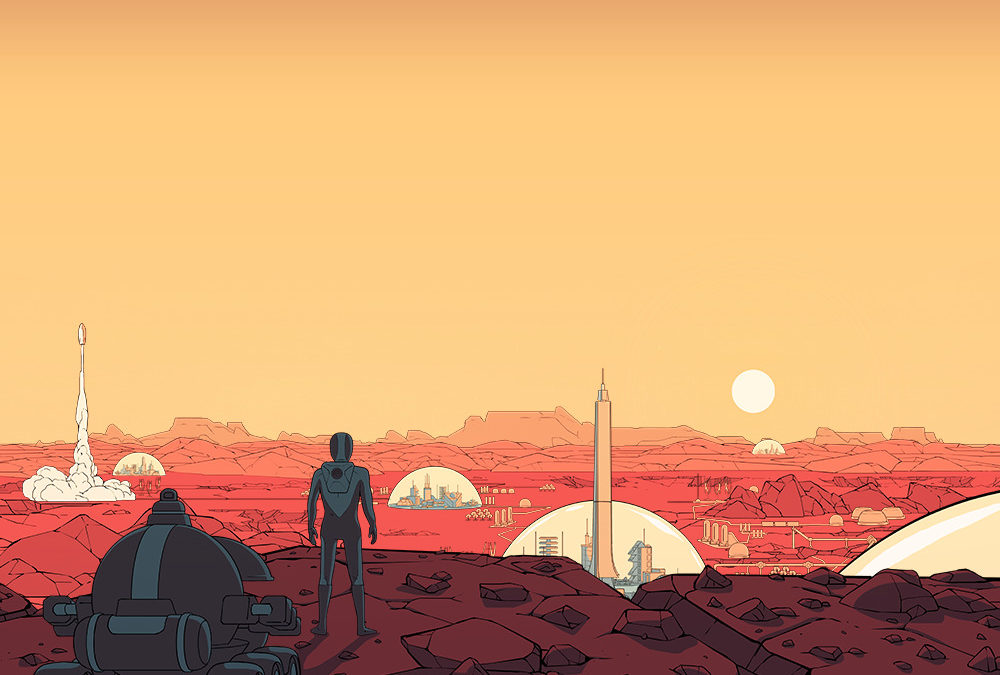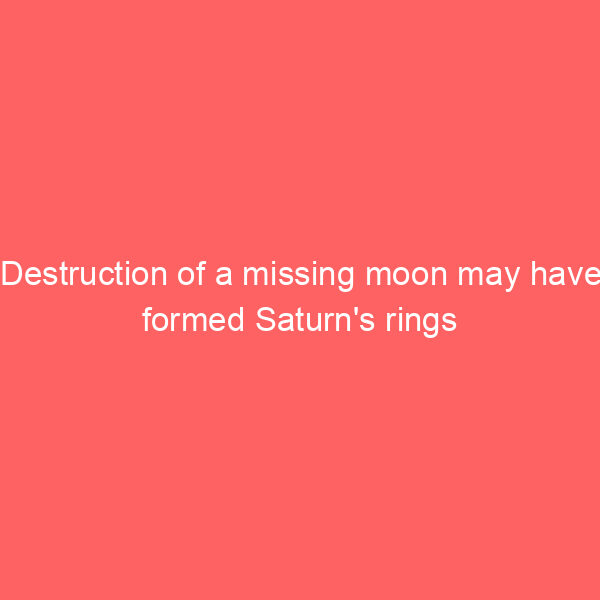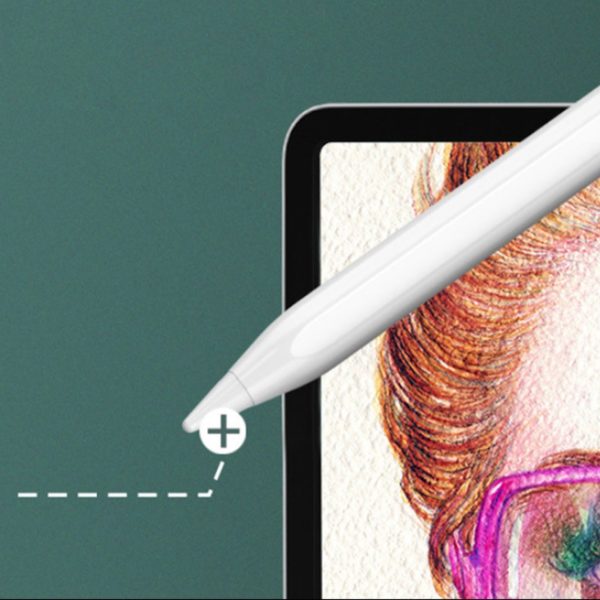ISRO’s Chandrayaan 3 – Exploring the Objectives and Significance
India’s space program has been making remarkable strides in recent years, and one of its most ambitious projects is Chandrayaan 3. Building upon the success of its predecessors, Chandrayaan 1 and 2, this mission aims to further explore the mysteries of the moon and expand our understanding of the lunar surface.
The primary objective of Chandrayaan 3 is to conduct a soft landing on the moon’s surface and deploy a rover to explore its terrain. This rover will be equipped with advanced scientific instruments to analyze the lunar soil and gather valuable data about its composition. By studying the moon’s surface in detail, scientists hope to gain insights into its geological history and shed light on the origins of our solar system.
One of the key aspects of Chandrayaan 3 is its focus on technology demonstration. The mission will test various technologies and systems that will be crucial for future lunar missions. This includes testing the capability of the lander to perform a soft landing, as well as the rover’s ability to navigate and collect samples. By successfully demonstrating these technologies, India aims to establish itself as a key player in the global space exploration arena.
Another significant objective of Chandrayaan 3 is to search for water on the moon. Previous missions have provided strong evidence of the presence of water molecules in the lunar soil. However, the exact distribution and abundance of water on the moon remain uncertain. Chandrayaan 3 will carry instruments specifically designed to detect and analyze water molecules, helping scientists understand the potential for future human habitation on the moon.
The significance of Chandrayaan 3 extends beyond scientific exploration. It represents India’s commitment to pushing the boundaries of space exploration and showcasing its technological prowess on the global stage. The successful completion of this mission will not only boost India’s reputation as a space-faring nation but also inspire future generations to pursue careers in science and technology.
Furthermore, Chandrayaan 3 is a testament to international collaboration. The mission will involve partnerships with other countries, including the United States and Japan. This collaboration allows for the sharing of resources, expertise, and data, ultimately benefiting the entire scientific community. By working together, nations can pool their knowledge and resources to achieve greater scientific breakthroughs.
In conclusion, Chandrayaan 3 is a significant milestone in India’s space program. With its objectives focused on lunar exploration, technology demonstration, and the search for water, this mission holds immense scientific value. Additionally, it serves as a symbol of India’s technological capabilities and its commitment to international collaboration. As Chandrayaan 3 embarks on its journey to the moon, the world eagerly awaits the discoveries and advancements it will bring, furthering our understanding of the universe and inspiring future generations of scientists and explorers.
The Technological Advancements in Chandrayaan 3: A Closer Look
Chandrayaan 3, the third lunar exploration mission by the Indian Space Research Organisation (ISRO), is set to make significant technological advancements in the field of space exploration. This article takes a closer look at the technological advancements that Chandrayaan 3 will bring forth.
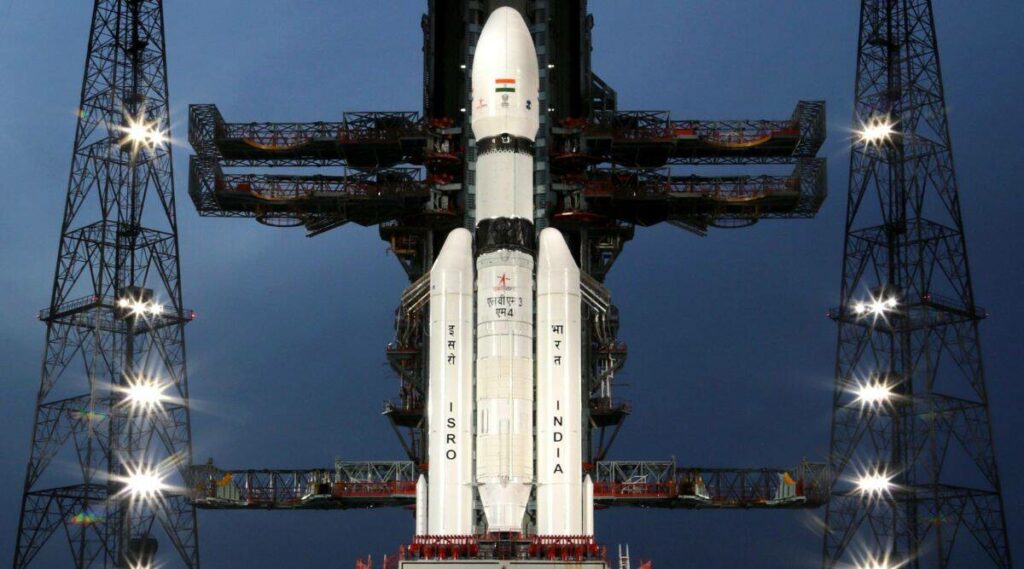
One of the key technological advancements in Chandrayaan 3 is the improved lander and rover system. The lander, which is designed to safely land on the lunar surface, will be equipped with advanced sensors and instruments to gather valuable data about the moon’s composition and geology. The rover, on the other hand, will be equipped with state-of-the-art instruments to analyze the lunar soil and rocks, providing scientists with a deeper understanding of the moon’s history and evolution.
Another notable technological advancement in Chandrayaan 3 is the enhanced communication system. The mission will utilize advanced communication satellites to establish a robust and reliable communication link between the spacecraft and the ground control center. This will enable real-time monitoring and control of the mission, ensuring that any issues or anomalies can be addressed promptly.
Furthermore, Chandrayaan 3 will feature improved navigation and guidance systems. These systems will enable the spacecraft to precisely navigate and maneuver in the lunar environment, ensuring that it reaches its intended destination with utmost accuracy. This is crucial for the success of the mission, as it will allow the lander and rover to land in the desired location and carry out their scientific objectives effectively.
In addition to these advancements, Chandrayaan 3 will also incorporate cutting-edge imaging and spectroscopy instruments. These instruments will capture high-resolution images of the lunar surface, providing scientists with detailed information about its topography and geological features. The spectroscopy instruments, on the other hand, will analyze the composition of the lunar soil and rocks, shedding light on the moon’s mineralogy and potential resources.
Moreover, Chandrayaan 3 will leverage advancements in miniaturization and lightweight technology. This will allow the spacecraft to carry a greater payload while minimizing its overall weight. By maximizing the scientific instruments and equipment that can be carried, Chandrayaan 3 will be able to gather a wealth of data and conduct a wide range of experiments, furthering our understanding of the moon and its significance in space exploration.
Overall, Chandrayaan 3 represents a significant leap forward in technological advancements in lunar exploration. From improved lander and rover systems to enhanced communication, navigation, and imaging capabilities, this mission is poised to make groundbreaking discoveries and contribute to our knowledge of the moon. With each technological advancement, Chandrayaan 3 brings us closer to unraveling the mysteries of the lunar surface and expanding our horizons in space exploration.
In conclusion, Chandrayaan 3 is a testament to India’s commitment to pushing the boundaries of space exploration. Through its technological advancements, this mission will not only contribute to our understanding of the moon but also pave the way for future lunar missions. As we eagerly await the launch of Chandrayaan 3, we can anticipate the wealth of knowledge and discoveries it will bring, propelling us further into the realm of space exploration.
Challenges and Future Prospects of Chandrayaan 3: What Lies Ahead
Chandrayaan 3: Challenges and Future Prospects of India’s Lunar Mission
India’s space agency, the Indian Space Research Organisation (ISRO), has been making remarkable strides in the field of space exploration. One of its most ambitious projects, Chandrayaan, has garnered international attention and acclaim. Chandrayaan 1, launched in 2008, successfully discovered water molecules on the moon’s surface, while Chandrayaan 2, launched in 2019, aimed to land a rover on the lunar south pole. Although the mission did not go as planned, ISRO is now gearing up for Chandrayaan 3, with renewed determination and a focus on overcoming the challenges faced in the previous mission.
One of the primary challenges that ISRO faced during Chandrayaan 2 was the communication failure with the Vikram lander. The lander lost contact with the ground station just moments before its scheduled touchdown. This setback was a disappointment for the entire nation, but ISRO has learned valuable lessons from this experience. The agency is now working on improving the communication systems and ensuring a more robust connection between the lander and the ground station for Chandrayaan 3.
Another challenge that ISRO encountered during Chandrayaan 2 was the precise navigation required for a soft landing on the lunar surface. The moon’s terrain is rugged and unforgiving, making it difficult to find a suitable landing site. ISRO is now investing significant efforts in developing advanced navigation systems and conducting thorough simulations to identify the most suitable landing site for Chandrayaan 3. By learning from the previous mission’s mistakes, ISRO aims to ensure a successful landing this time around.
Furthermore, Chandrayaan 3 will also focus on conducting more extensive scientific experiments on the moon’s surface. The previous missions have provided valuable data, but there is still much to explore and discover. ISRO plans to equip the lander and rover with advanced scientific instruments to analyze the lunar soil, study the moon’s geology, and search for signs of water and other resources. These experiments will not only contribute to our understanding of the moon but also pave the way for future manned missions.
In addition to the challenges, Chandrayaan 3 also holds immense potential for India’s space program. The successful completion of this mission will establish India as a significant player in lunar exploration and boost the country’s technological capabilities. It will also inspire a new generation of scientists and engineers, encouraging them to pursue careers in space research and exploration.
Moreover, Chandrayaan 3 will strengthen international collaborations in space exploration. ISRO has already partnered with various countries, including the United States, for previous missions. The exchange of knowledge, expertise, and resources will not only benefit India but also contribute to the global scientific community’s understanding of the moon and its potential for future human habitation.
In conclusion, Chandrayaan 3 represents a significant milestone for India’s space program. Despite the challenges faced during Chandrayaan 2, ISRO is determined to overcome them and achieve a successful lunar landing. With improved communication systems, advanced navigation techniques, and enhanced scientific experiments, Chandrayaan 3 holds the promise of unlocking new discoveries and establishing India as a key player in lunar exploration. As the nation eagerly awaits the launch of this mission, the future prospects of Chandrayaan 3 are indeed exciting and full of potential.

